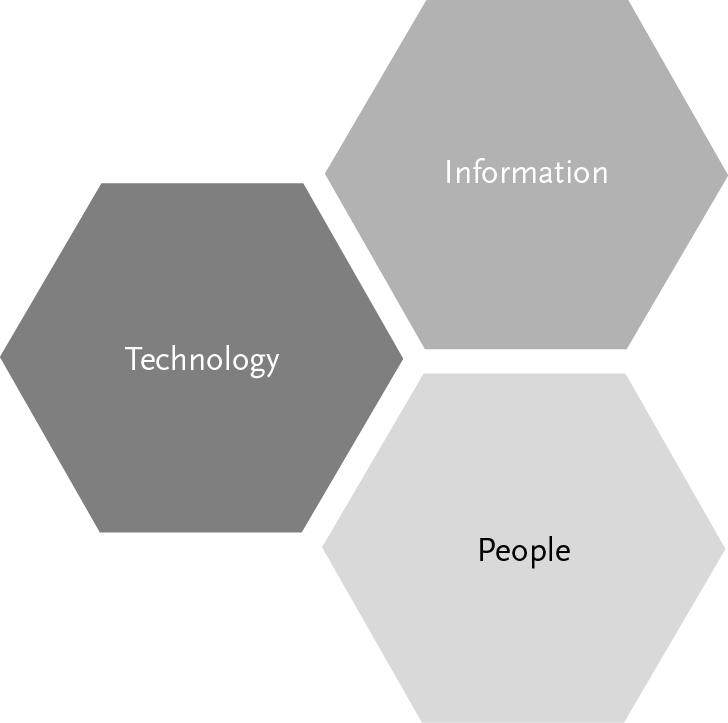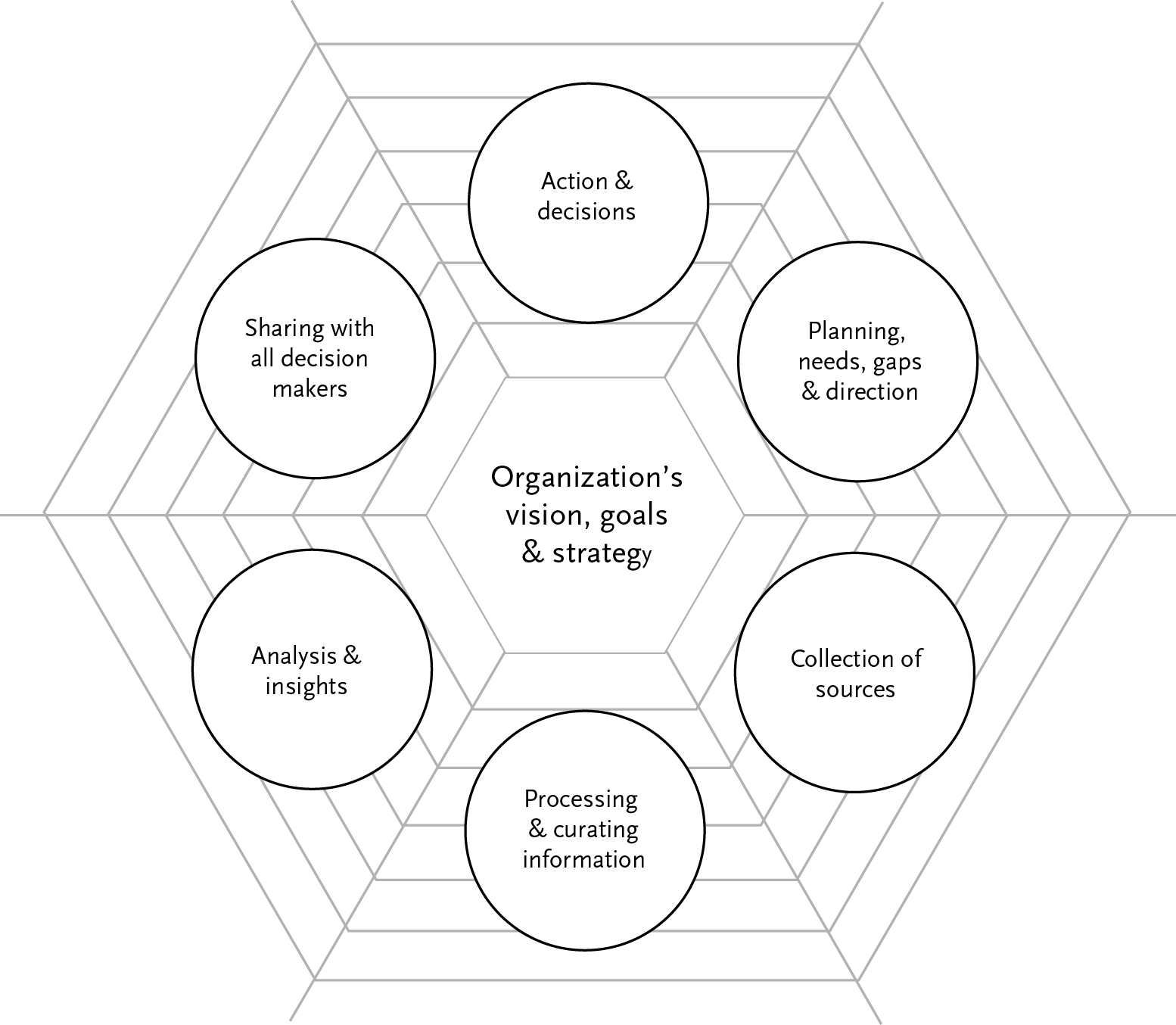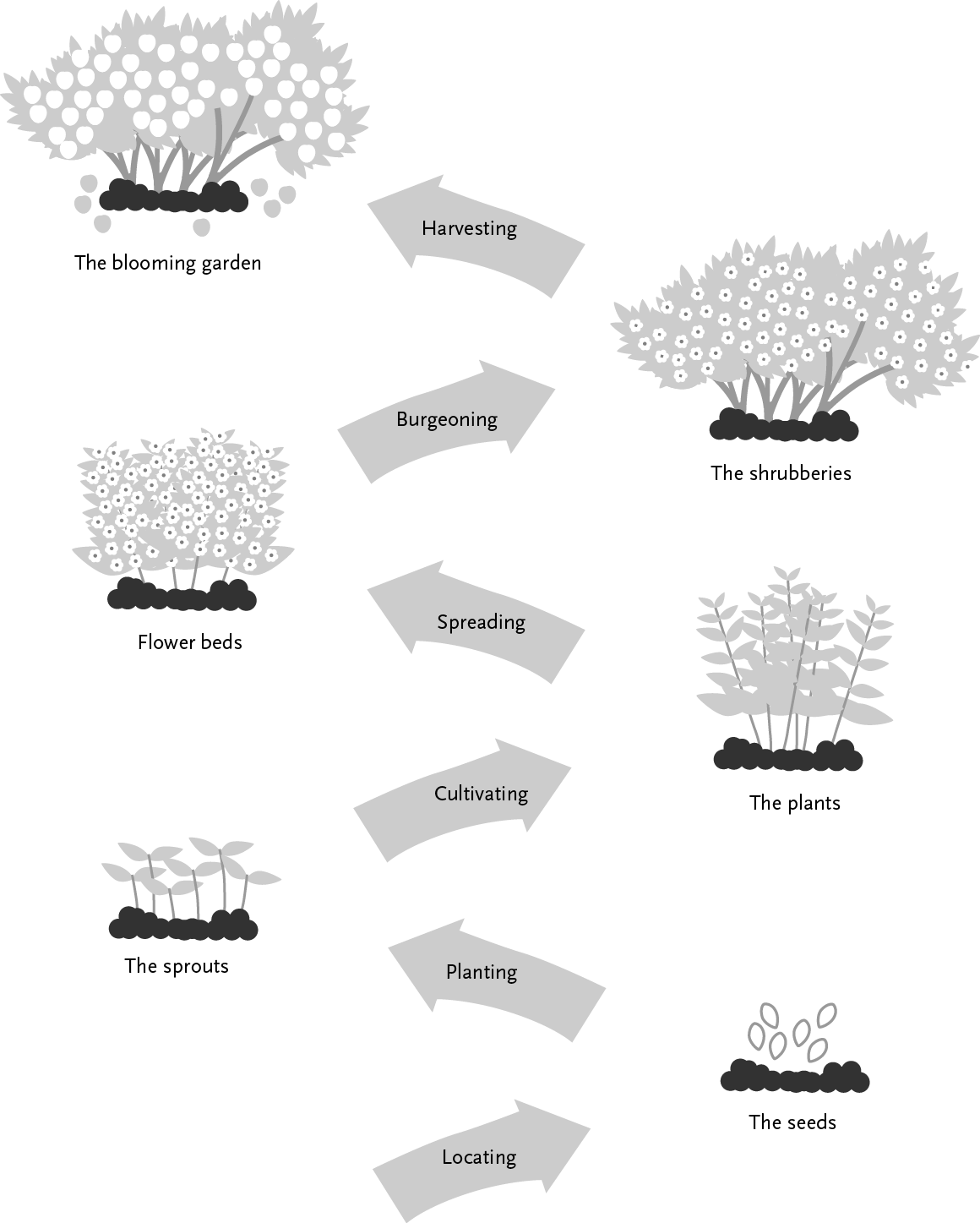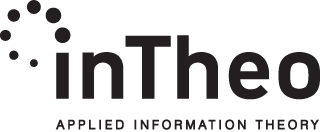
![]() Download PDF
Download PDF
Market & Competitive Intelligence (MCI) –
taking the next step?
Developing capabilities is an ongoing activity but every so often, a team, a center of excellence, or a group of specialists set out to undertake a more focused development step in order to evolve the operation to a distinctively higher level. When doing so, one key question tends, however, to be forgotten and that is the question of the as-is position. Understanding the current, for the benefit of the future, requires different frameworks for different operations. This paper aims at supporting, and inspiring, MCI-teams in taking the next step.
Where are you and where are you going?
“Where are we?” is a question that ought to be asked more often in many business situations but is frequently ignored in favor of the question “Where are we heading?”
“The grass is always greener on the other side of the fence” and “the future is brighter”. Yes, these are fundamental human attitudes that do drive evolution and development, but in business the question “Where are we heading?” needs to be preceded by the question “Where are we?”.
Why? Because where we are today defines the resources and capabilities that we possess in order to take us to where we want to be tomorrow. Without that insight the road ahead might prove very bumpy indeed. To put it bluntly, had the Vikings not been thorough in maintaining their skillset in shipbuilding and navigation, their trade and conquest business would not have been very successful, and the history of the northern hemisphere would have looked quite different.
Further, the question “Where are we?”, tends to be more complex than it may seem at first glance, as the approach to answer it of course depends on the targeted future position. (Had the Vikings opted for a more land-based logistics strategy, their naval capabilities would not have been that core to their future success).
In fact, this prerequisite applies to all intended change initiatives in organizations, as each step in a development process needs to take currently available resources and capabilities into account as the development itself, usually equals evolving current, or acquiring new, resources and capabilities.
Also, the road from where we are to where we want to be will differ significantly between different types of operations and organization. However, in most cases, it is advisable to undertake such developments in phases and not as continuous “all-in approaches” as the risk of exhaustion, and lack of step-by-step reflection and evaluation, is very high in the latter.
In MCI operations, the key management and development areas are those of Information, Technology and People (ITP) and, as always, no system is stronger than its weakest link, so these must evolve in a managed balance, in order for costs to be controlled and output optimized along the way.

Historically, MCI operations have often been defined in terms of the “Intelligence Cycle”, also referred to as the “Intelligence Wheel”. The changes in modern information and communication structures do, however, render that approach somewhat outdated. As information analysis and synthesis nowadays are ever ongoing, and rapidly changing, activities, the underlying model cannot remain as sequential as the “Cycle” was.
Although the components of the Intelligence Web remain roughly the same as in the old Cycle, the interaction between them must be fully iterative and, also, closely interrelated with the organization’s vision, goals and strategy, the latter a factor not at all taken int account in the original Cycle.

The Intelligence web
Our book, Gardens of Intelligence™, provides a framework which brings all these development aspects together into one coherent structure that MCI managers can use, not only for development planning, but also to create detailed and concrete “as is” or “maturity” assessments. The framework is built on the ITP components, the phasing of development and the strategy to “rest” on each achieved level in the development progress – hence lending itself very well to a structured maturity and status analysis.

The phases and levels of Gardens of Intelligence™
The Gardens of Intelligence framework encompasses six distinct phases, and six corresponding levels, as depicted in the illustrations above. Each development phase is to a great extent defined by its balance between the ITP components and each level and, similarly, correspondingly defined by the resources and capabilities maturity status.

When making an initial maturity assessment of an MCI operation it is highly likely that the result will show that the I, T and P outcomes respectively correspond to different levels. For example, Technology might still be on the “Seeds” level, while Information and People are on the Sprouts level. This tends to result in a dissonance and a frustration among People, as the Information cannot be used and leveraged sufficiently, due to the lagging Technology.
Assessments, like the above described, should be more commonplace. They are comparably quick to undertake, do not require lots of personal resources and can save a significant number of misdirected development hours, as well as money, when evolving operations such as MCI.
Where to start?
As stated above, to make a useful assessment of the current situation, we must know where we are heading. For the purpose of MCI development, the Intelligence Web can serve the purpose of “framing the future” as all components of the web must be in tune to make an MCI operation successful.
Different organizations approach maturity assessments differently and there are no 100 % right or wrong approaches, as long as the result is adequate and useful. Using the Gardens of Intelligence framework, you can start to assess how well each of the current I, T and P resources and capabilities supports each of the components of the Intelligence Web by simply applying a scaled (1-10) assessment on each relation. While doing so, it is paramount to stay critical. One can far too easily overestimate the level of one’s own excellence.
Examining the result
• What particular resource or capability, or both, are present and thus made the assessment positive?
• What particular resource or capability, or both, are lacking and thus made the assessment negative?
With those questions answered, it should be possible to match your results with the definitions of the Gardens of Intelligence levels. Thus, you will get a fairly concrete picture of where further development efforts and budgets would render the highest return on investment.
Needless to say, if following the Gardens of Intelligence framework, the development efforts should be directed towards the ITP component that eventually scored lowest in terms of level correspondence. If, for instance, the outcome would equal the example mentioned above, all efforts should focus on getting Technology on par with the People and Information before any other developments are contemplated.
Also, it could be that an ITP component is found to be “above the others”, but still at “in between levels”. If so, it may(!), depending on the status of the other factors, be wise to downplay the status of the “intermediary” factor, only for that factor to be perceived as on par with the other two, until a plan has been agreed to develop all three to the next level.
Conclusion
To summarize, in order to evolve, it is a necessity to know where to start and you cannot start from any other place than where you currently are. In business terms, “where we are” is a function of currently available resources and capabilities. Without solid understanding of the current status of these two, any development efforts can become a very expensive and uncomfortable experience. Hence, whatever model/framework you prefer for assessing your starting point, do not start running until you have identified your starting blocks!
